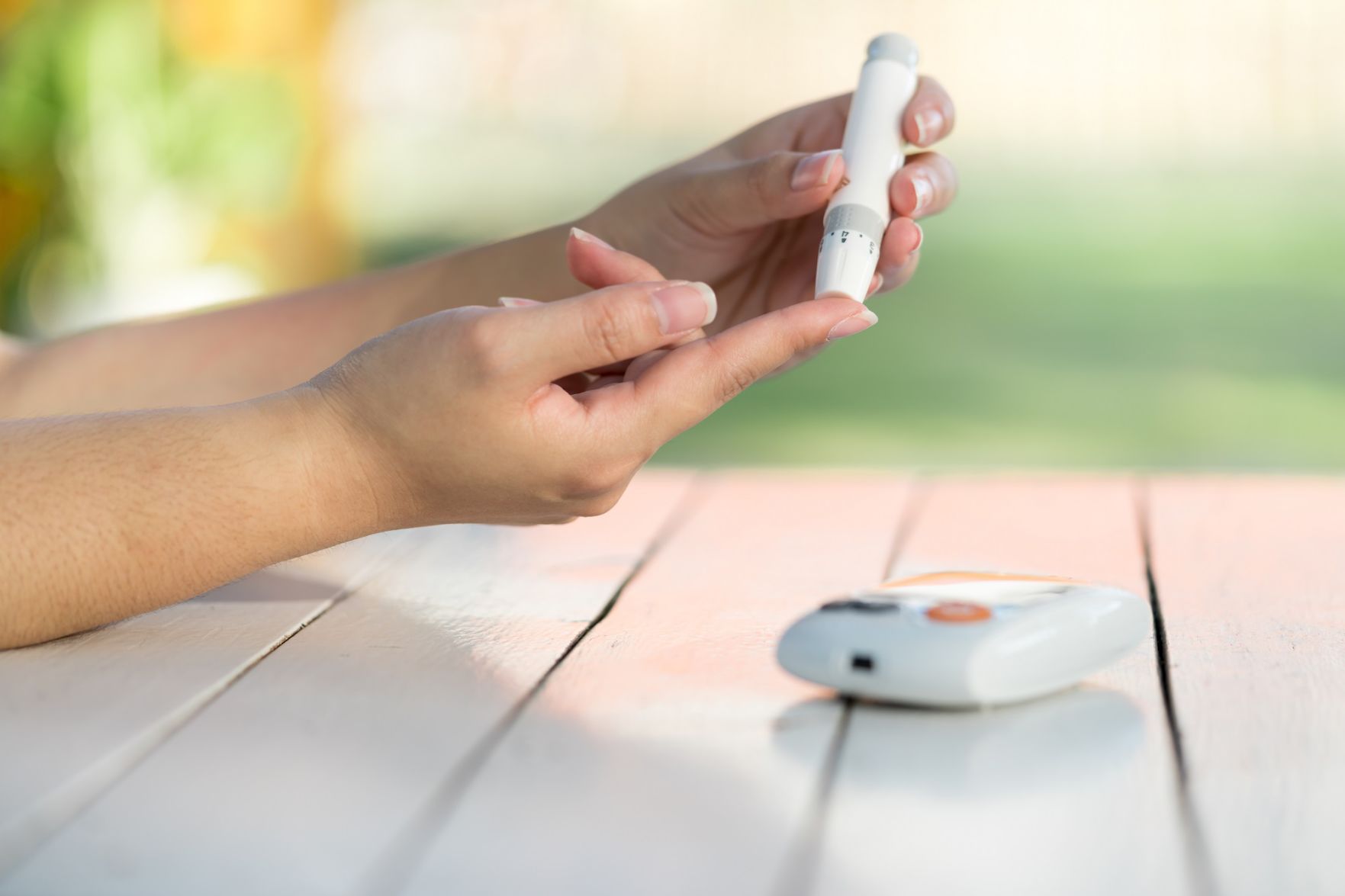
Answering the Call
November 1, 2017
SLMA November – American Diabetes Month
November 1, 2017In our last episode, we learned why so many cosmetic and cleaning products have “sea” fragrances: Because people like it. It doesn’t take a scientist to answer that question, but it did take a team of them to discover how nature makes that smell that we all like.
So, to review: When you’re out fishing where the water’s getting salty or even farther out offshore in tarpon territory, or when you’re just bobbing in the surf off the beach at Grand Isle while sandflies eagerly await your return to the ice chest, what you’re deeply breathing is the sweet, diluted, biological decay of billions of dead, virus-infected algae releasing tiny, aromatic sulfuric compounds into the ocean and air. And it’s that irresistible aroma–combined with a few seaweed pheromones that are not supposed to affect you in any way–that keeps you dreaming of the beach and Gulf all week and all year long.
Of course, if you never get to the coast, those dying algae can still exacerbate your beach-longings by allowing their smelly molecules to be spread through churning seas and dripping clouds. Hurricane Nate last month was an example. Actually, it was a bad example. Cleverly called a “half-icane” by FOX8-TV meteorologist David Bernard, Nate succumbed to an unexpected draft of dry air from the west that literally eliminated half the storm like a swipe across markings on a dry-erase board. Watching weather updates as Nate spiraled counter-clockwise toward the coast, I couldn’t believe that I was seeing what I was not seeing. For a moment, I imagined that the second- and third-string meteorologists played a joke on David by going up to the roof and placing a “Bob Breck Forever!” banner over the left half of the radar antenna.
When it finally rained on the Saturday morning of the storm, I stepped outside to behold the most innocuous tropical weather I have ever beheld. For fleeting moments, when the rain came from the right direction, I could smell it. Every now and then during that 30-minute rain shower, I could smell the sea from my house 66 miles away from the Gulf.
But the unforgettable smell of the sea is only half the story. Remember that in these immense oceanic algae blooms, each of the billions of individual alga is surrounded by a tiny calcium carbonate shell. When an alga succumbs to its giant virus infection and dies, rots, and is broken down into smelly molecules, the shell, which cannot rot, slowly falls to the bottom of the ocean. Imagine what the ocean floor must look like after billions and billions of tiny white, chalky shells accumulate there each year. Imagine this happening each year for a couple billion years. Then imagine the ocean floor throwing a hissy fit with volcanoes and quakes and fissures and stuff. Suddenly, over the course of a mere million years or so, one part of the cracked floor gets pushed up by another and lifted above sea level. What would you see?
British and German airplane pilots saw it as they battled in the skies above Dover, England, in 1940. So ironically beautiful and memorable were their vistas while in deadly, motorized pursuit of the enemy that reports of what they saw became part of Allies culture and even inspired a peace-wishing radio ballad or two.
“(They’ll be Bluebirds Over) The White Cliffs of Dover” became one of the most popular songs on both sides of the Atlantic during World War II. And following their hits “Unchained Melody,” “Ebb Tide,” and “(You’re My) Soul and Inspiration,” the Righteous Brothers re-recorded the song in 1966, much to the delight of the U.S. and especially U.K. record sellers.
Yes, last week’s column was a real cliffhanger, and now you know that it was a white one.






